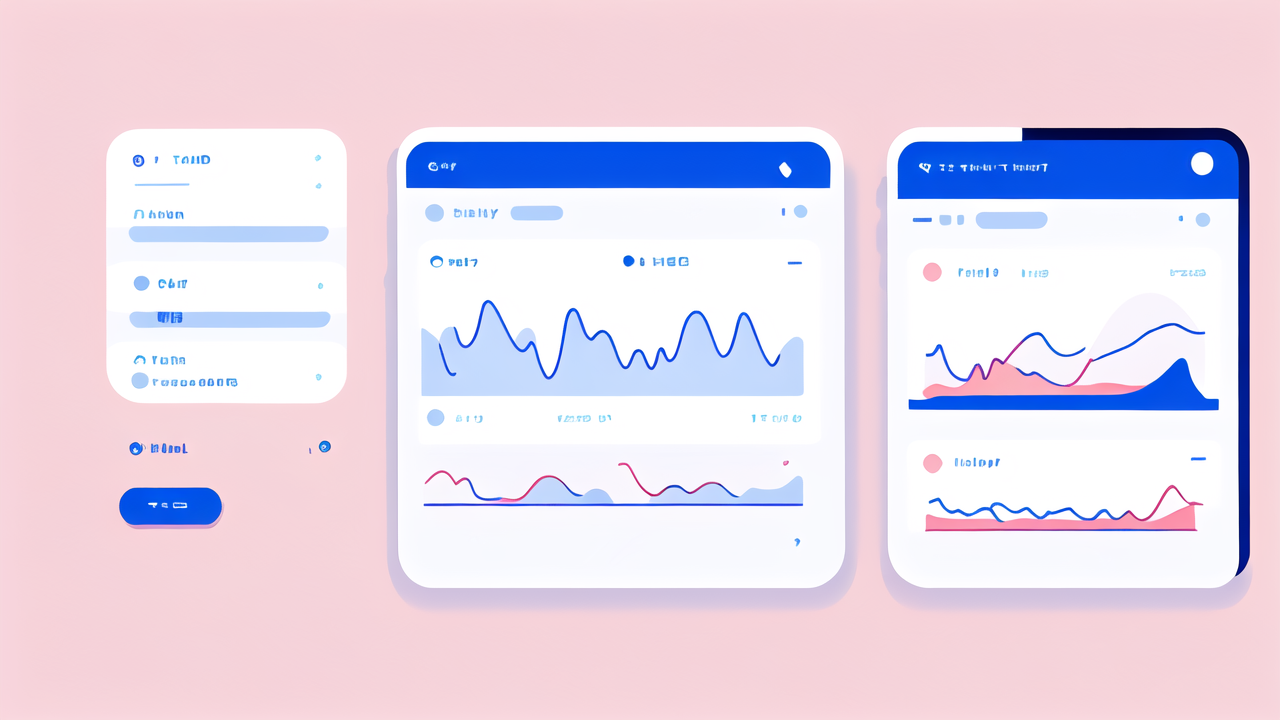Overview of the Wearable Technology Market in the United States
Understanding the Current State of Wearable Technology Adoption
Wearable tech has seen a surge in popularity in recent years. Smart watches lead the pack. Many people now use these devices daily. They track steps, monitor heart rate, and even make calls.

The adoption rate is growing fast. Young adults are the main users. But older folks are catching up too. Health features are a big draw for all age groups.
Fitness bands are also common. They're simpler and cheaper than smart watches. Some people prefer them for basic tracking.
The Rise of Smart Watch and Health Monitoring Trends
Health monitoring is a key trend in wearables. Smart watches now do more than tell time. They track sleep, stress, and even blood oxygen levels.
Apple and Fitbit are pushing health features hard. They're adding new sensors and tools. These help users understand their health better.
The COVID-19 pandemic boosted interest in health tech. People want to keep tabs on their vital signs. Wearables make this easy and convenient.
Key Market Players and Innovations
Apple leads the smart watch market. Their Apple Watch is packed with health features. Samsung and Fitbit are strong competitors. Each has unique offerings.
Garmin targets fitness enthusiasts. Their watches have long battery life and rugged designs. Google's Wear OS powers many third-party watches.
New players are entering the market too. They're focusing on niche health needs. Some target specific conditions like diabetes or heart health.
The Intersection of Health Monitoring and Smart Watch Technology
Advances in Health Monitoring Features in Wearables
Wearables now offer a wide range of health monitoring features. Heart rate tracking is standard. Many devices also measure blood oxygen levels.

Some watches can take ECG readings. This helps detect heart rhythm issues. Sleep tracking has become more advanced. It can identify sleep stages and quality.
Stress monitoring is a growing focus. Watches use heart rate variability to gauge stress levels. Some even suggest breathing exercises to help users relax.
Integrating AI and Machine Learning for Enhanced Health Monitoring
AI and machine learning are making wearables smarter. They can spot patterns in health data. This helps predict potential health issues.
For example, some watches can detect irregular heart rhythms. They alert users to possible atrial fibrillation. This early warning can be life-saving.
AI also helps personalize health insights. It learns user patterns over time. Then it can offer tailored advice for improving health and fitness.
Impact of Wearable Technology on Personal Health Management
Wearables are changing how people manage their health. They provide real-time data on physical activity. This motivates many to move more and sit less.
Sleep tracking helps users improve their rest. They can see how lifestyle choices affect sleep quality. This leads to better sleep habits.
Continuous health monitoring can catch issues early. Users can share data with their doctors. This leads to more informed health discussions and decisions.
Regulatory and Ethical Considerations in Wearable Technology
Navigating FDA Regulations for Health-Based Wearables
The FDA is taking notice of health features in wearables. Some functions require FDA clearance. This includes ECG and blood oxygen monitoring.

Companies must prove their devices are accurate and safe. The process can be long and costly. But it's crucial for user safety and trust.
The FDA is working to keep up with fast-moving tech. They're trying to balance innovation with safety. This is an ongoing challenge in the wearable space.
Ethical Implications of Wearable Technologies in Health Care
Wearables raise ethical questions in healthcare. They collect vast amounts of personal health data. This data could be used to deny insurance or employment.
There's also the issue of data accuracy. Wearables aren't perfect. Relying too heavily on them for health decisions can be risky.
Some worry about the "medicalization" of daily life. Constant health tracking might cause unnecessary anxiety. It's important to find a balance.
Privacy and Data Protection in the Wearable Technology Industry
Privacy is a major concern with wearables. These devices collect sensitive health data. Users need to trust that this data is secure.
Companies must be transparent about data use. Many have strict privacy policies. But data breaches are always a risk.
Some users worry about third-party access to their data. Insurance companies or employers might want this info. Clear consent and control are crucial.
In conclusion, wearables are reshaping health monitoring. They offer powerful tools for personal health management. But they also bring challenges. As the tech evolves, so must our approach to using it wisely and ethically.




Leave a comment
This site is protected by hCaptcha and the hCaptcha Privacy Policy and Terms of Service apply.